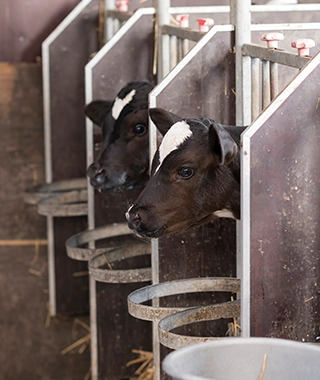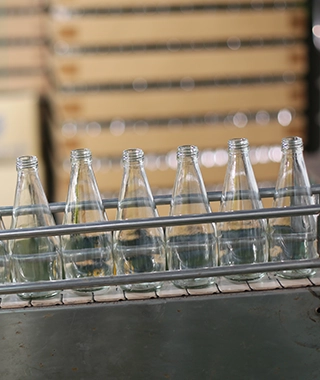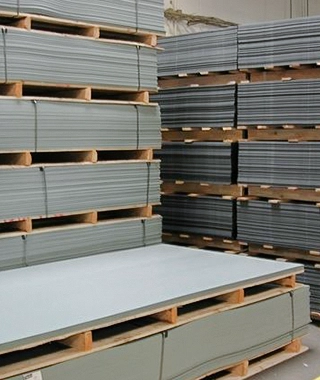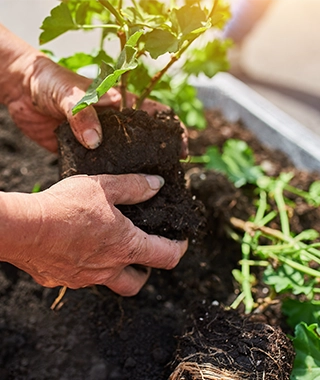History
What is LDPE?
Facts about the LDPE plastic we sell
The plastic is 100% recycled and can be 100% recycled after its use.
| Material type | Low Density Poly Ethene (LDPE) | ||
| Raw material | recycled LDPE plastic | ||
| Form of material | discs | ||
| Standard surface | smooth or with a chequered pattern | ||
| Colour options | all | ||
| Standard colours | grey/black/white | ||
| Processing opportunities | |||
| Sawing | Yes | ||
| Drilling | Yes | ||
| Milling | Yes | ||
| Heat shaping | Yes | ||
| Mechanical properties | |||
| DIN EN ISO | Enhet | ||
| Density | 53479 | g/cm³ | 0.92 |
| Carbon hardness | 53456 | (N/mm2) | > 18 |
| E-module bending | 53457 | (N/mm2) | > 140 |
| Breaking stretching | 53455 | % | < 4 |
| Breaking strength | 527 | MPa | > 40 |
| Point pressure (recommended maximum load)' | N/A | ton | 50 (depending on the substrate) |
| Thermal properties | |||
| DIN EN ISO | Enhet | ||
| Min./max. use temperature | °C | -40 till 70 | |
| Linear thermal expansion | 11359 | mm / m / 10 °C | 1,8 |
| Melting point | DIN 53765 | °C | 104 |
| Thermal conductivity (Lamda value) | W/(m*k) | 0,34 | |
| Chemical and physical properties | |||
| DIN EN ISO | |||
| UV resistance | 10640 | N/A | OK |
| Water absorption | 62 | % | < 0.01 |
All values are indicative and may vary depending on preparation methods, additives, influence of the use environment, etc. The values cannot be guaranteed.
Characterisation of chemical content in LDPE samples submitted to RISE (Research Institutes of Sweden AB) 2020-02-27
Results:
No organic compounds, heavy metals, halogens or any other substances
listed as SVHC (Substances of Very High Concern) are detected at levels above 0.1 wt% (1000 mg/kg).
(1000 mg/kg). The analysis results do not show any compounds that violate REACH,
candidate list or listed in the BASTA* property criteria.
*BASTA
BASTA is an independent environmental assessment system for building and construction products aimed at contractors, clients/developers, property owners, architects, consultants, wholesalers and material suppliers.
Their vision is to promote development towards a non-toxic and good built environment that takes responsibility for both this and future generations.
Their members today consist of architectural firms, municipalities, county councils, property companies, government agencies, contractors, players in the construction industry and others.








